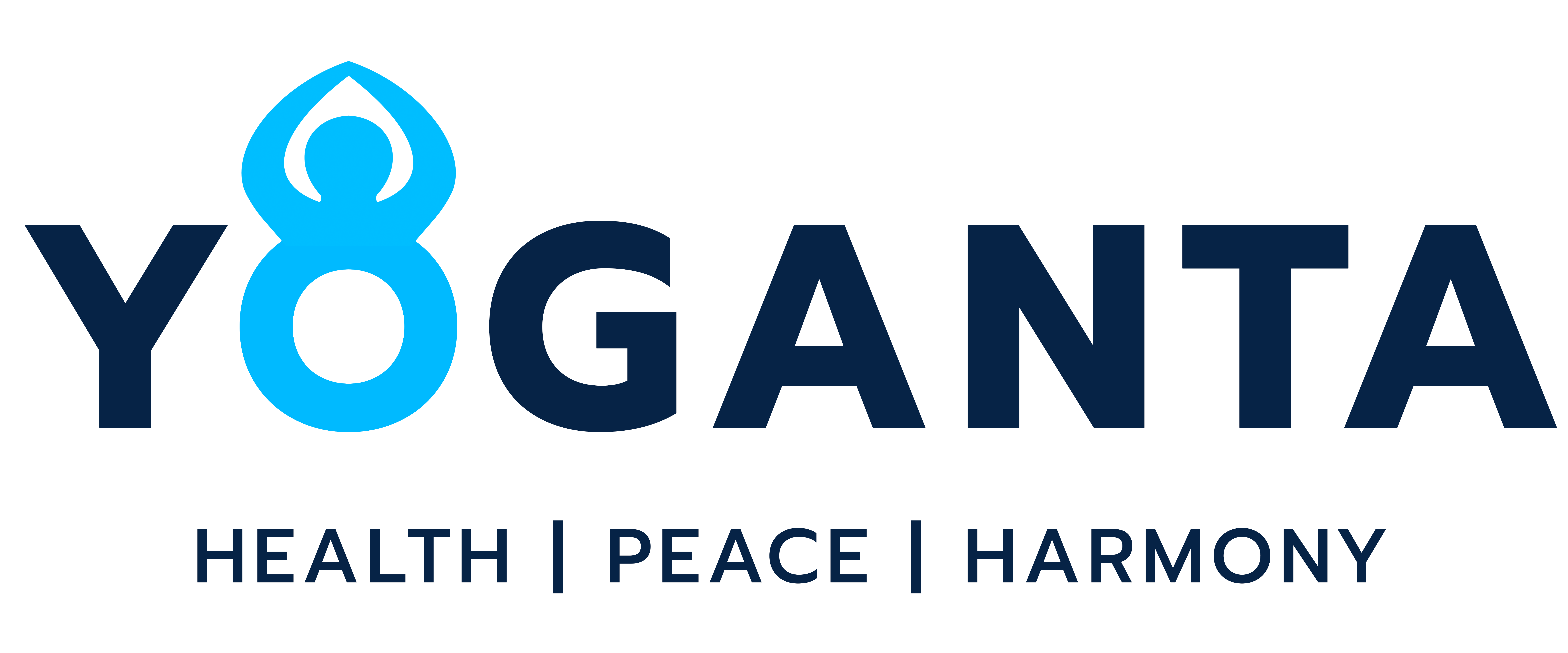Bhastrika Pranayama | Bellows Breath | भस्त्रिका प्राणायाम
Pranayamas are yoga breathing techniques that are proven to have a favorable impact on stress and anxiety. Exercise increases the quantity of oxygen our bodies need, which prompts the cardiovascular system to function quicker and increase the heart rate.
Even though the system isn’t asking for the extra oxygen, Bhastrika Pranayama causes you to pump much more oxygen into your body. Often known as the “yogic breath of fire,’ Bhastrika Pranayama, is a technique that involves quick inhalations and exhalations.
The Sanskrit phrase ‘Bastrika,’ which means “bellows,” refers to the vigorous filling and draining of the abdomen and lungs throughout this exercise. Bhastrika pranayama stimulates the mind and soul’s internal fire, promoting healthy metabolism in all dimensions. It usually balances Vata and Kapha, but if your pitta is exacerbated, it must be done with caution.
Instructions
- Sit steadily and comfortably, keeping your back straight and palms on the thighs. Inhale a few deep and steady breaths while allowing your belly to grow as you take in the air.
- Once you’re prepared to start, swiftly and aggressively tighten your core muscles to breathe out, and then quickly inhale through your diaphragm, allowing your core muscles to totally relax.
- Here, the difficulty is in coordinating the diaphragm’s activity with the core muscles’ motion so that air enters and exits the chest rapidly. Planning these moves will require patience and focus.
- It will be possible to hear both the exhalation and inhalation and they should be equally strong and long-lasting.
- Train this technique twice or thrice a day, always first thing in the morning.
- Every atom in the body is given energy by the sustained practice of this pranayam. It activates the overall system, cleanses it, and awakens divine power.
Benefits
- A study found that regular practice of Bhastrika pranayama considerably lowered anxiety levels in people.
- Bhastrika pranayama helps reduce high BP by widening blood vessels.
- Regular practice of Bhastrika pranayama could cause an increased heart rate. The autonomous nervous system particularly controls uncontrollable actions like pulse rate, which may be activated.
- It’s possible that Bhastrika pranayama will lower levels of blood sugar. IO boosts the peripheral cells’ capacity to metabolize and absorb sugar. As a result, those with diabetes may find it appropriate.
- According to studies, doing this asana can help people lose weight, BMI, pelvis, and waistline circumference.
- Bhastrika pranayama can improve lung function via routine training, especially for older people.
- If you have allergic rhinitis, Bhastrika pranayama might be helpful. It might clean the passageway for air from the nose to the chest. Additionally, it might prevent congestion and mucus buildup in the nostrils. According to studies, Bhastrika pranayama may improve lung capacity, alleviate chest tension, and improve respiratory endurance.
- The body’s static balance might be improved with the aid of this pranayama. Routine practice, according to research, can synchronize metabolic and neurological functioning, mental focus, cardiovascular cycles, and mental stability, establishing the body’s overall traction and stability in the absence of exercise.
- For people suffering from asthma, the airflow becomes resistant, which makes it difficult for air to enter and exit normally. By widening the tiny airways within the lungs, Bhastrika pranayama might increase lung capacity. Stress may also be a trigger for asthma. Hence, practicing this breathing exercise may assist to reduce anxiety and relax the mind.
- Opening up the veins, might enhance blood flow and stop additional obstruction.
- Rapid inhalations and exhalations might aid in calming the overall system.
- By boosting positive effects and harmonizing emotions, it could help alleviate stress and despair.
- It may lessen joint pain, which may help with arthritis.
Contraindications
Bhastrika raises the intra-abdominal levels, hence it might not be suitable for those with ulcers, Hiatal hernias, vertigo, epilepsy, etc.
When performing Bhastrika Pranayama, individuals with lung issues should proceed with caution. It is best to execute this breathing technique carefully and with professional supervision if you have heart ailments. The practice of Bhastrika pranayama also isn’t recommended for those who have had a stroke or have high BP.
Summary
Bhastrika pranayama is comparatively a complex pranayama, thus some experience with abdominal respiration is necessary. Bhastrika pranayama should only be practiced after mastering more fundamental pranayamas.
In Bhastrika pranayama one practices fast intake and hissing-sounding exhale which might help in improving the health of the cardio-respiratory system. Bhastrika pranayama can assist to calm the mental state and physique and controlling anxiousness.
